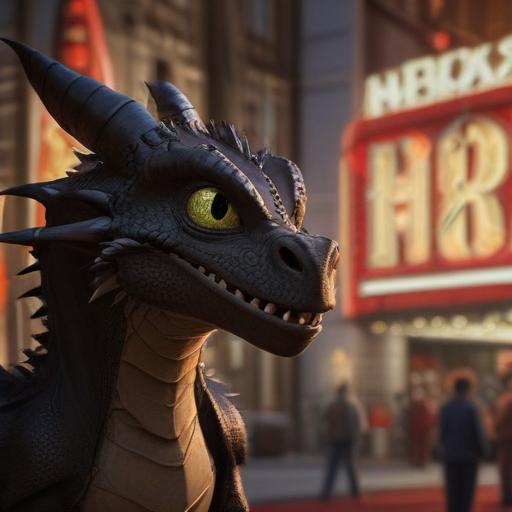The live-action adaptation of How to Train Your Dragon is set to debut in theaters this week, but not without some controversy. Nico Parker, who portrays Astrid, has faced criticism for her character’s appearance, diverging from the original animated version, which featured Astrid with blonde hair and blue eyes. Some fans have expressed their dissatisfaction with this change.
In an interview with The Times of London, Parker addressed the backlash, emphasizing her focus on delivering a performance that resonates with audiences. “There are some people that really love the animated movies and really want to see an exact play-by-play of that film,” she said, but she encourages viewers to find joy in the new adaptation. She also noted that she remains unaffected by negativity surrounding inclusivity and change, stating, “If I wouldn’t value your opinion on most things in life, I can’t value your opinion on my hair. If I did, I would go mad.”
The live-action film, narrated through the eyes of the inventive Hiccup (played by Mason Thames), explores the transformative bond between Vikings and dragons in the rugged isle of Berk. The official synopsis highlights Hiccup’s challenge against longstanding traditions as he befriends Toothless, a feared Night Fury dragon, with the fierce Astrid and quirky blacksmith Gobber supporting him. Together, they confront a threatening force that endangers both Vikings and dragons, emphasizing themes of friendship and heroism.
Universal Pictures is optimistic about the film’s success, reflecting on the positive reception it garnered at CinemaCon earlier this year. Chris Bumbray praised it as a “blast,” noting standout performances from both Gerard Butler and Nico Parker. Additionally, the studio has announced plans for a sequel, How to Train Your Dragon 2, scheduled for release on June 11, 2027.
As the film prepares for its release on June 13, anticipation is high, showing a great interest in reimagined stories that resonate with both new audiences and longtime fans. This adaptation hopes to not only celebrate the original tale but also introduce themes of understanding and connection among differing cultures, leaving room for hope and excitement for future installments.
